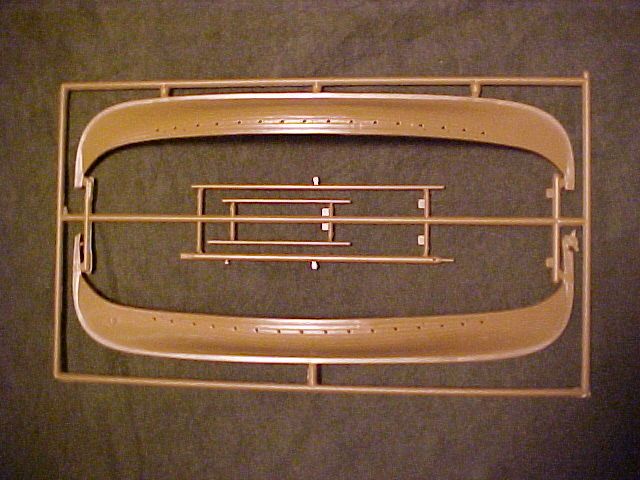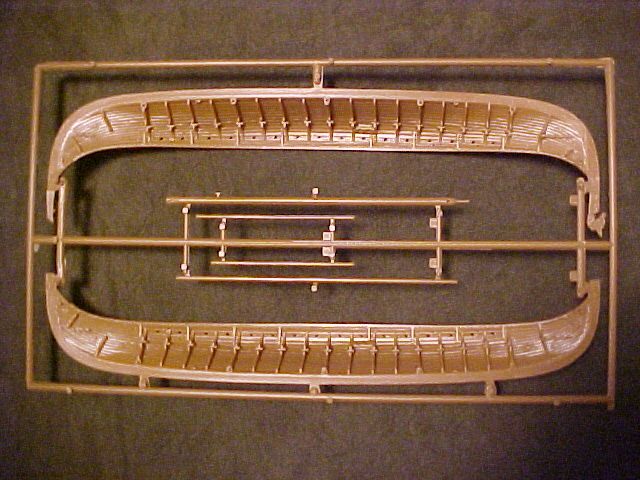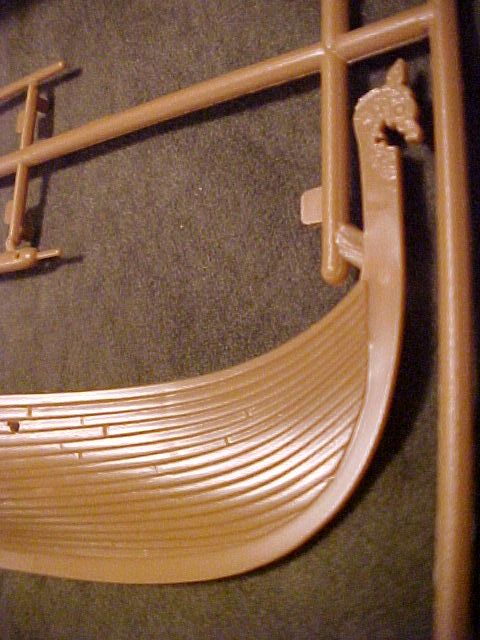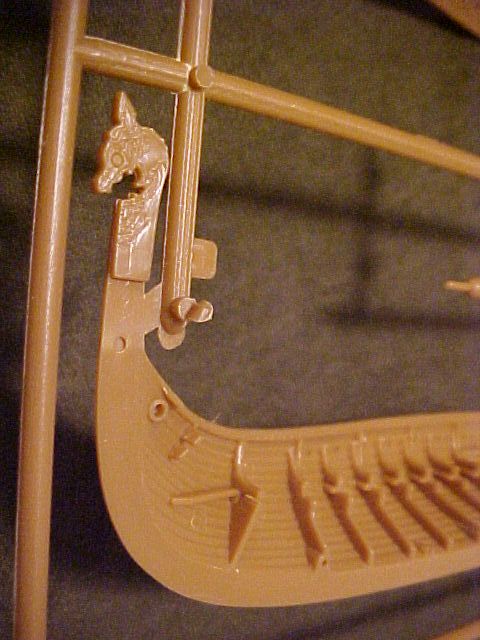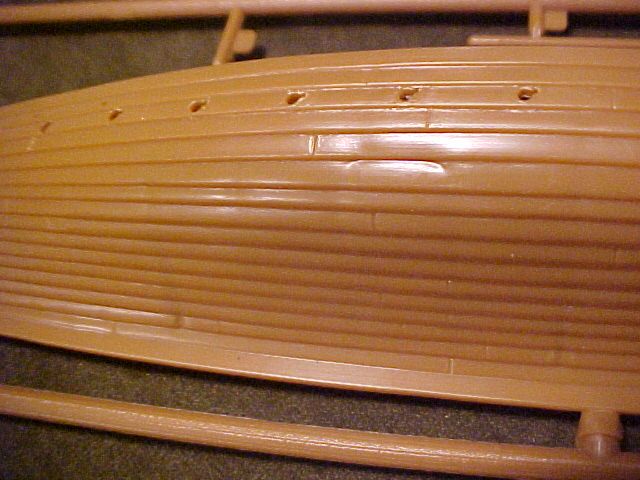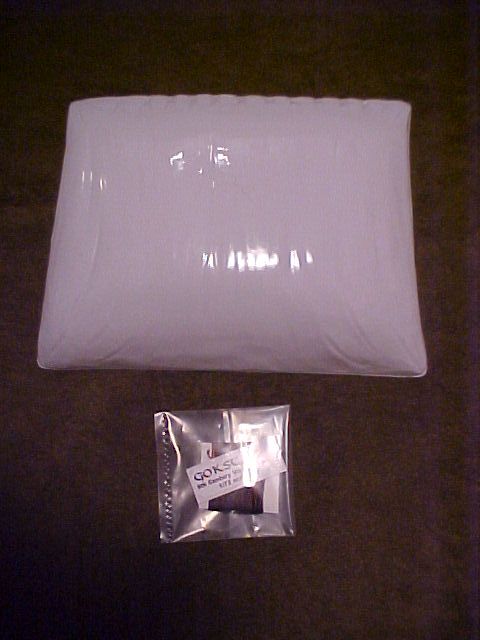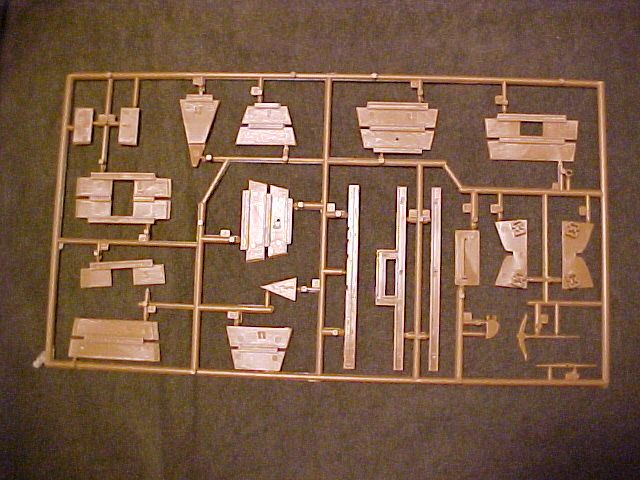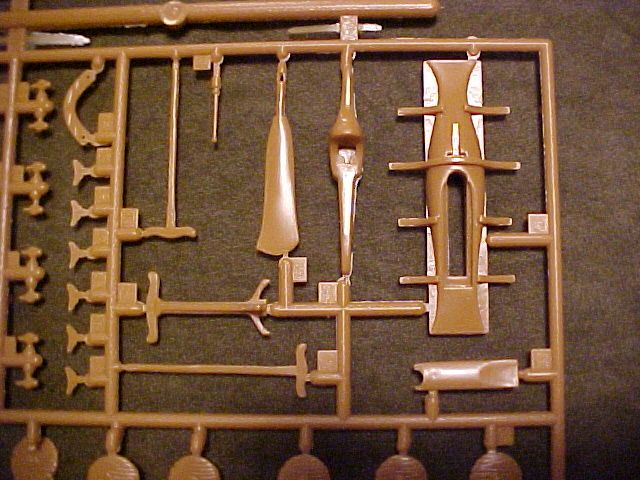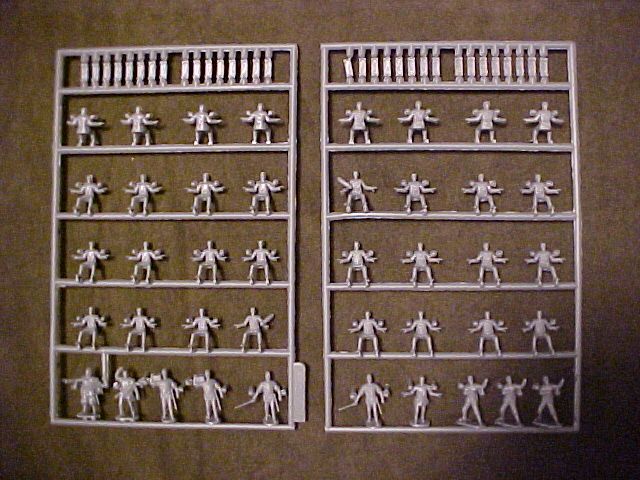Historical Background
The Viking Age extended approximately from the 8th Century A.D. into the 11th Century A.D., during which time these notorious raiders from Scandinavia traded, raided & colonized lands from Russia & the Black Sea to the Canadian Maritime Provinces. The vessels in which they made their most far-reaching voyages were generally smaller & slower than the "Great Snake" or "Long Ship" type, but the largest type of Viking war ship was a truly impressive feat of marine architecture. The full-size, 98 foot long replica of "Skuldelev 2", largest of 5 Viking era vessels excavated at Roskilde Fjord, Denmark, has been tested at sea around Great Britain & across the North Sea, & found capable of 13 knots under favorable conditions, making this design one of the fastest warships built before the age of steam. The men who built these ships were true master shipwrights. Their hulls were light & flexible, yet strong, primarily because the planking was split rather than sawn. This meant that greater strength could be achieved with less thickness, every fiber of each plank being continuous from end to end. The known details of the Viking sailing rig permitted the huge square sail to be braced around far enough to sail the ship a point or more into the wind. The keel had just enough "rocker" in it's profile to allow the ship to be steered noticeably more easily than an otherwise identical design with a straight keel would be. The typical Viking raider drew only about 3 feet of water, so could be rowed right up to shore or taken far up rivers for freebooting or trading. For their intended purposes, these ships were very nearly perfect.The Kit
EMHAR's 1:72 Viking ship kit is a very welcome addition to the hobby. My first impression on opening the box is that these moldings better capture the form & details of the original design than any other styrene kit of the subject that I have seen (...& I've seen several over the years...). EMHAR's replica is based on the Gokstad burial ship, now on display in the Viking Ship Museum in Oslo, Norway. The data on the kit box says the Gokstad ship is 23.24 meters long, & my 1:72 ruler says the kit hull is about 75 feet, 8 inches at that scale, or 12 and 5/8 inches on the yard stick (not counting the dragon head). You can check the conversion if you like. The hull halves are molded with exterior & interior plank lap detail, as well as internal framing, proper "key hole" oar ports & other small details. The worst feature of the kit that I have noticed is some heat shrinkage opposite internal frames, on the outside of the hull. This is not extensive & can be fixed with some careful masking & filling. One other small quibble involves a failure to capture the complex way in which plank ends are nibbed into the stem & stern posts of the genuine article. There is also a "gangplank" included in the kit, but it is molded with curious notches in the edges which would render a full-sized wooden article fatally weak. Fortunately, nothing could be more easily replaced. Detail parts like the mast step, mast partner, decking, rudder, oars & oar port covers, all match actual Viking practice well. The mast & yard reflect the best guess to date on these details. The vac-formed sail is billowed & slightly wrinkled, but basic. Some flat paint & a bit of rigging could bring it to life, no doubt. The shields are molded in rows of 8 per part, with heavy "wood grain" effects; not the kit's best feature, but the instructions are careful to note that "Shields were not usually hung over the sides." The instructions also point out that the tall stem & stern post extensions, with carved dragon head on the stem, were not fitted at sea & should be removed for a model under sail. That dragon head, by-the-way, is not some overdone, oversized "Hollywood" sculpture, but a recognizable Viking design. The kit instructions are building instructions only, with useful diagrams & helpful notes regarding the aforementioned options, details of the sailing rig & the manner in which the sail's tack is stretched for windward sailing. Historical notes & ship specifications are printed on the bottom of the 2-part kit box.In spite of a few warts, this kit is a definite "keeper" & I'll be building mine.
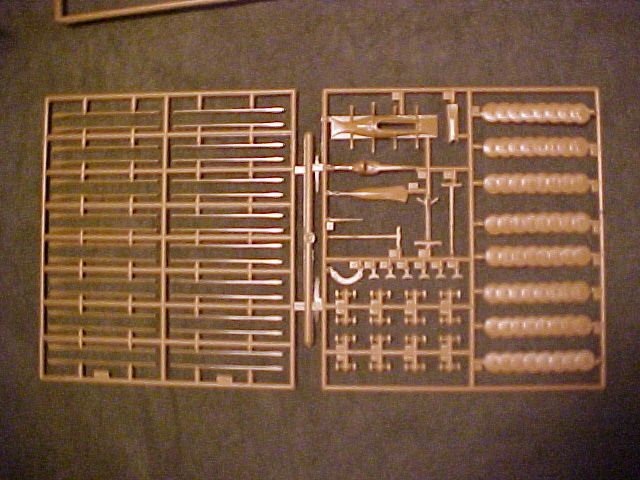
The Crew
EMHAR has released a companion set of well-detailed Viking crew members, sold separately. The crew includes 32 seated oarsmen, 3 men posed to haul on rigging lines leading upward, 1 man for the steering oar, 1 "captain" pointing at something, 2 men carrying boxes, 2 men with drawn swords & 1 man waving, for a total complement of 42. There are also 32 "sea chests" for the oarsmen to sit on while rowing. The 32 oarsmen are all molded in the same pose, but with 3 different styles of shirt or tunic; quilted, animal skin or smooth fabric. The pose seems rather stiff, with arms out to the side to simplify molding, but the directions say to bend the arms into desired positions. I tried this with one & it did assume a more realistic rowing position without breaking off. Only 5 figures are molded with helmets on; the sailing & rowing figures are all bare-headed. This figure set is a very fine accessory to the "Gokstad" ship kit. My single biggest complaint here is that, for the price, these guys should be in the box with the ship.All in all, a big "thumbs up" for this pair of releases from EMHAR.
Both ship & crew kits were purchased from Hobbycraft hobby store in Anchorage, Alaska.
References
"Viking Voyage of Discovery" by Andrew Curry, Smithsonian Magazine, July 2008
"Running With the Stallion; Dublin to Denmark in a Viking Longship Replica" by Tom Jackson, Woodenboat Magazine, January/February 2009
"The Vikings" by Robert Wernick, Time-Life Books
